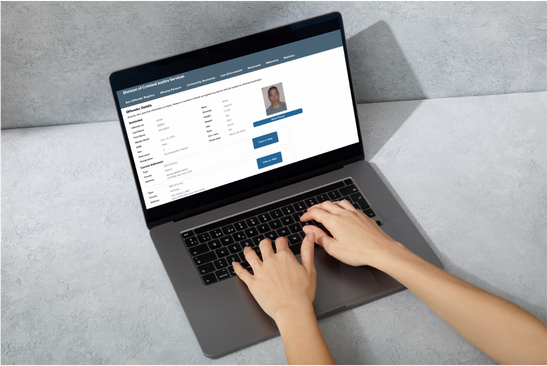 Automated data scraping engine
Automated data scraping engine
We built a robust scraping engine capable of automatically harvesting data from all the state websites regularly. It also tests the accuracy and completeness of the data to ensure efficient and cost-effective data mining. Typically, in data scraping, the risk of loading false or incomplete data is high because the entire dataset is only visible post-loading (which could take up to a week). We implemented a 'test load' feature. This allows us to verify in advance that all necessary fields are correctly filled and that the data is genuinely new and relevant before committing to a full load.

 Automated data loading
Automated data loading

 Data consolidation and standardization
Data consolidation and standardization Regular updates and maintenance
Regular updates and maintenance


